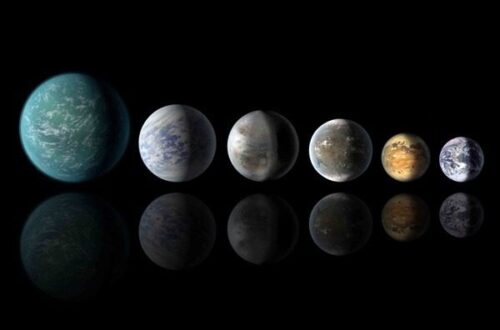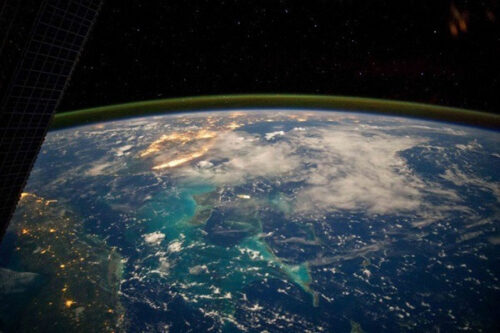
While Earth remains the only known habitat for life, the vast expanse of the universe holds billions of star systems that could harbor life in diverse forms.
Recent studies by astronomers have explored the potential for habitable conditions on watery exoplanets, revealing that life may thrive under different circumstances than those found on Earth.
Factors such as dense atmospheres, continents, and slow planetary rotation have been identified as catalysts for optimal ocean circulation, enabling increased biologic activity.
These findings challenge the notion that Earth’s conditions are the gold standard for habitability and suggest that alien worlds might boast a greater variety of life.
In this article, we delve into the research, implications, and ongoing quest to identify the best candidates for extraterrestrial life.

The search for habitable exoplanets has yielded over 4,000 confirmed discoveries, with some residing within their star’s habitable zone.
However, recent studies have underscored the importance of oceans in fostering a conducive environment for life, shifting the focus to watery planets with favorable ocean circulation patterns.
Astronomers are utilizing computer models to analyze various climate-ocean combinations on exoplanets, offering insights into the potential for biosignatures and aiding in the selection of promising candidates for future study.

Oceans and their role in regulating climate and heat transportation have long been vital to sustaining life on Earth.
By examining upwelling and ocean circulation, scientists can gain a deeper understanding of the interplay between oceans and atmospheres on exoplanets.
While directly observing life on other worlds remains a challenge, future telescopes may detect biosignatures within exoplanet atmospheres, providing indirect evidence of life’s presence.
This research is a crucial step toward unraveling the mysteries of exoplanet oceans and expanding our knowledge of potential habitable environments.

The study of exoplanet oceans is a relatively unexplored field, and scientists are eager to uncover the intricacies of these alien water worlds.
With advancements in computer modeling and dedicated research efforts, significant progress is being made to unravel the workings of exoplanet oceans.
By bridging this knowledge gap, researchers aim to refine their understanding of habitability beyond Earth, bringing us closer to the day when we may detect signs of life in distant exoplanetary atmospheres.
The search for life beyond Earth is an exciting and ongoing endeavor. Astronomers are expanding their exploration to include the potential habitability of exoplanets’ oceans.

By considering factors such as ocean circulation, climate, and biosignatures, scientists strive to identify the most promising candidates for hosting diverse and thriving extraterrestrial lifeforms.
Continued research and technological advancements will undoubtedly provide deeper insights into the potential for life across the cosmos, expanding our understanding of the universe and our place within it.
